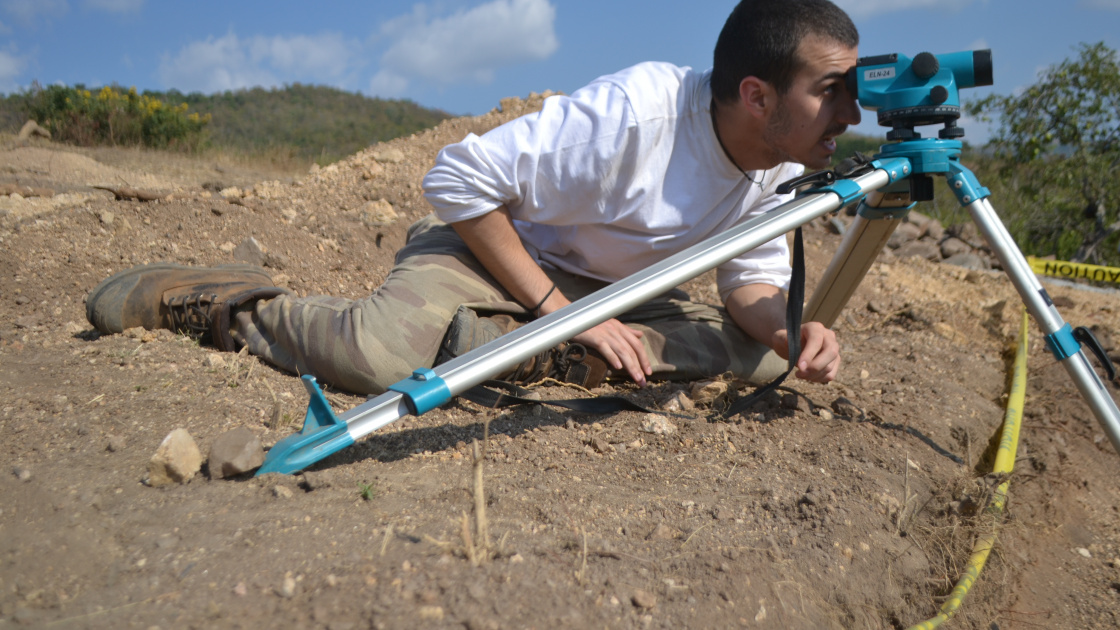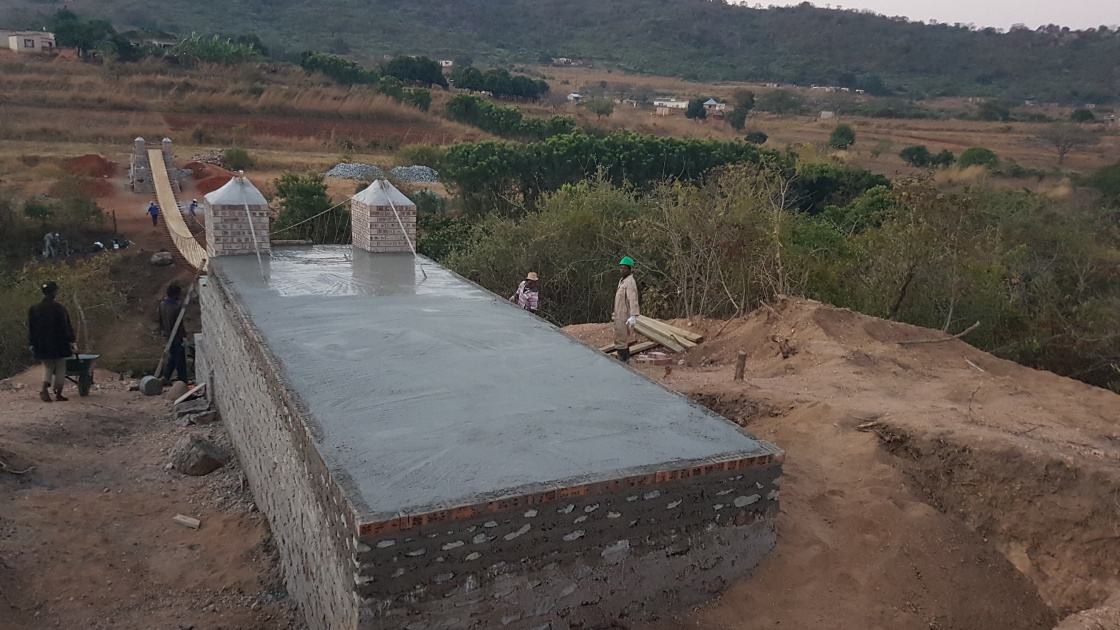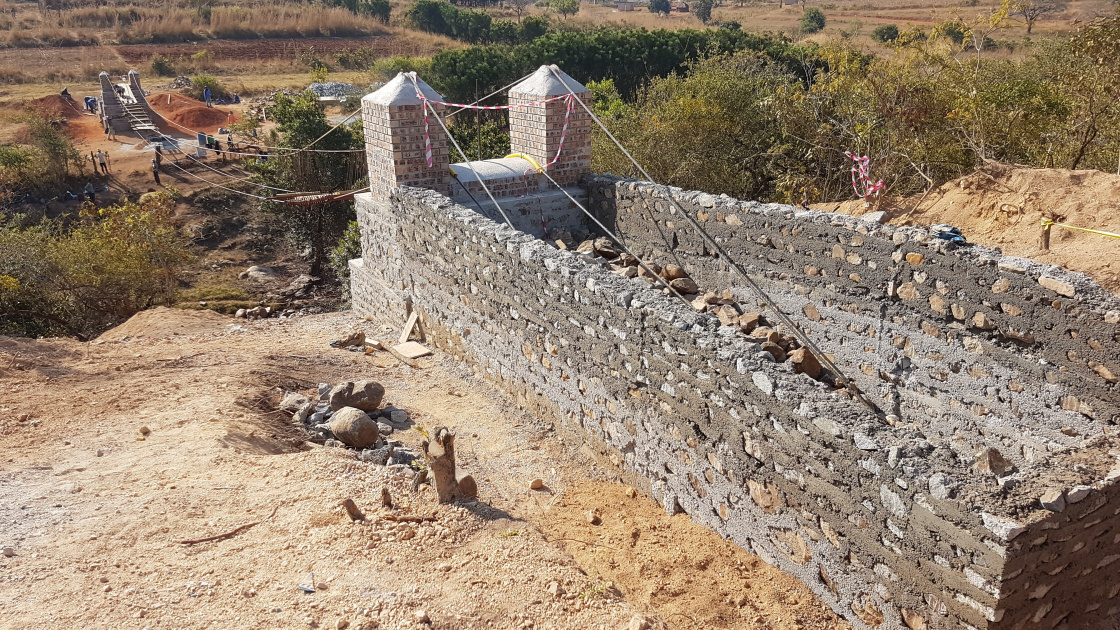You could still hear the excitement in Leïlah Yadia Kelly Sory’s voice a week after her summer adventure ended.
But then, it’s not every summer you help build a 69-metre footbridge in Africa.
“It was one of the best experiences in my life,” says Sory, president of McGill Engineers in Action.
Sory and fellow McGill civil engineering student Tarek Abou-Sleiman each spent a month in eSwatini (formerly Swaziland), working alongside American students on the project.
The pedestrian footbridge, completed in July 2019, will serve about 600 people.
“It will have a huge impact because [there are] two communities on both sides of the river and during the rainy season a lot of the kids can’t cross because it’s too dangerous,” says Sory.
Which means they couldn’t get to school.
“[The footbridge] will help them get education and have a safe way to access school during the whole year,” she says.
Sory, Abou-Sleiman, and a few other engineering students launched the McGill Engineers in Action chapter in the fall of 2018.
Engineers in Action (EIA) is a U.S.-based non-profit, whose work includes building pedestrian bridges in Latin America and Africa with students and local partners to give isolated people access to essential resources.
“As a civil engineer, building a bridge is one of the most important projects that you could be part of,” says Sory, who is from Burkina Faso. “I knew that a lot of people would be interested and would gain a lot from this experience.”
EIA helps new student chapters start through a tag-along project, Sory explains. The McGill group was paired up with the EIA chapter from the University of Colorado Boulder (CU Boulder) on their project in eSwatini.
The two chapters were in contact during the school year and the CU Boulder group invited the McGill students to attend their design workshops, virtually.
“They helped us a lot,” says Abou-Sleiman. “They did the design and did the calculations…We reviewed everything. That helped us to understand.”
Seeing the footbridge built, helped him understand even more.
“It was just really interesting and really cool to see that perspective on how to do it beforehand, how to design it and to do all the calculations and then when we get there to actually do it,” says Abou-Sleiman who also raved about his experience in Africa.
University chapters receive guidance from engineering professionals. Each team must have at least one “Bridge Corps” member who acts as a mentor, helping the students on campus and at the project site.
The McGill chapter learned in January that it could take part in the footbridge project that was starting in May. As a tag-along university, McGill Engineers in Action had to make a $5,000 USD contribution, which didn’t include airfare.
They held fundraising events and sought corporate sponsors. The Faculty of Engineering’s Student Initiatives Funding provided the chapter with $2,000. The students also launched a fundraiser on Seeds of Change, McGill’s crowdfunding platform, where donors contributed more than $4,600.
“It’s amazing that we have so much support from McGill, from the donors,” Sory says. “And I hope that next year, for another project, they will [help as well] because it will require more resources from us.”
Abou-Sleiman worked as the media manager and the safety manager’s shadow in eSwatini. He got the chance to run safety meetings, where he laid out the safety concerns on a given day and then reviewed how things went at the end of the workday.
Like everyone else, he pitched in with the manual labour, and also helped with the masonry and anchors.
The construction started looking like a bridge when she was there, Sory says. The work she did included cable hoisting, helping build the approach to the structure and placing the decking on the footbridge.
She also enjoyed learning words in Siswati. People from the community gave them names in the language – they called her Siyabonga, which means ‘thank you”.
“It was like a new identity. It also made us closer to the community,” she says.
The community is a big factor in the project. It’s their bridge. We come and we help them build the bridge. Every day they show up at 8:30.”
This school year, McGill Engineers in Action hopes to co-lead a footbridge project in eSwatini with another university. Each EIA chapter would have to raise $15,000 USD for the bridge project, which doesn’t include the travel and living expenses of student volunteers.
“I want more students to be in this international setting and to learn, for example, when you’re on a construction site how things work, how you distribute tasks, how you’re a leader, how you talk to people, how you interact with different communities, how you solve problems,” Sory says.
“It makes you grow so much.”







